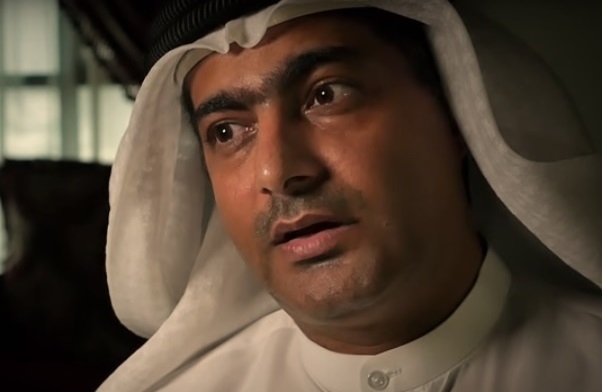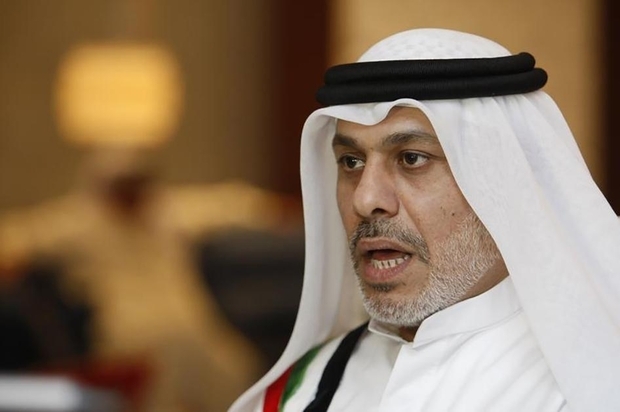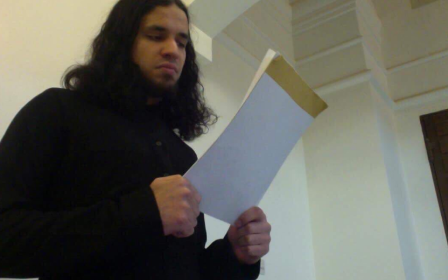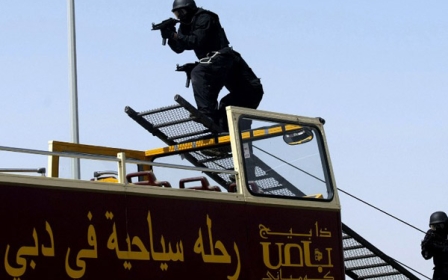Burying one’s head in the sand: The UAE and the practice of torture
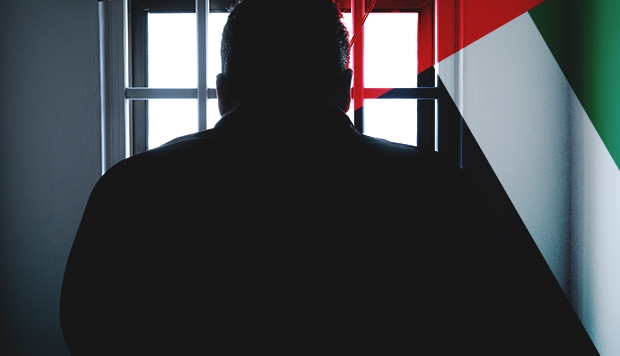
In March, Ahmed Mansoor, a prominent human rights defender and one of the last standing figures of Emirati civil society, was seized by the UAE authorities in retaliation for his activism and has been held incommunicado ever since.
Mansoor’s family remains uncertain of both his whereabouts and also the conditions in which he is being held, and has only been allowed one supervised visit since his abduction. The visit took place at the public prosecutor’s office in Abu Dhabi, away from Mansoor’s place of detention.
Cell stories
These fears are not unfounded, but rather anchored in the reality of a widespread practice of torture by Emirati authorities.
According to some disturbing cases documented by NGOs, authorities in the UAE subject detainees to inhuman treatment, including torture, on a regular basis.
According to some disturbing cases documented by NGOs, authorities in the UAE subject detainees to inhuman treatment, including torture, on a regular basis
In one documented case, an individual arrested on charges of belonging to a terrorist organisation was subjected to such brutal acts that he required five operations to repair the severe damage he had sustained. Aside from the beatings he received, a significant portion of his scalp had been ripped from his head, and he had been sexually assaulted, which had caused him severe internal and external injuries.
Yet Emirati prison stories need not be so brutal, nor so horrific to constitute torture. In fact, all those who are forcibly disappeared, detained secretly, or denied contact with their family are subjected to forms of torture that affect both the victims and their families. Prolonged detention in solitary confinement is also considered a form of torture by UN experts.
Muzzling public criticism
Emirati authorities have never tolerated criticism of their use of torture and have employed several methods including threats, arbitrary detentions and unfair trials to silence the voices that denounce their brutal practices.
These methods have been repeatedly used against Ahmed Mansoor and Nasser bin Ghaith, the latter an Emirati economist and human rights activist who was sentenced to 10 years in prison for a series of tweets, and several other peaceful dissidents.
The UAE 94 trial targeted 94 government critics and reform activists including human rights lawyers, judges, teachers and students who were tried for “establishing an organisation aimed at overthrowing the government". Their trial before the State Security Circuit of the Federal Supreme Court, which was inherently unfair, because the court’s judgments cannot be appealed, was decried by international organisations, which viewed it as marred by violations of international fair trial rights and guarantees.
As punishment, state security officers abducted Najjar and beat him repeatedly before taking him to an unknown location. There, he was detained in secret and has said he was subjected to continuous beatings on the face, ears and other parts of his body. He was also beaten on the legs with plastic covered wires and exposed to extreme temperatures.
In March 2017, after he was tried and sentenced to three years in prison for his online activism and had served his full sentence, the authorities refused to release him and arbitrarily decided to extend his detention.
Violating international obligations
Not only have Emirati authorities denied such accusations and cracked down on those who challenge their brutal practices, but they have also refused to respect and implement the obligations which they voluntarily agreed to when the country ratified the Convention Against Torture in 2012.
In addition to prohibiting the use of torture outright, the convention also imposes an obligation on state parties to periodically report to the Committee Against Torture (CAT), established by the convention.
By evading its reporting obligation, the UAE further silences local and international human rights organisations that could provide the committee with comprehensive evidence and testimony
This process of periodic reporting allows states to present their legislative landscape and application of laws in practice with regard to the respect and implementation of the convention. It also provides the committee - made up of 10 independent experts - with an opportunity to express its concerns and issue recommendations to the state party.
The process further allows other stakeholders, such as local civil society organisations and international NGOs, to present reports to the committee that often counter the narrative developed by the state party.
The UAE has yet to submit its initial report, due since 2013, robbing the CAT of its prerogative to evaluate the country’s performance in relation to the prohibition on torture.
By evading its reporting obligation, the UAE further silences local and international human rights organisations that could provide the committee with comprehensive evidence and testimony of the reality of the situation on the ground. The UAE thus keeps the international community in the dark with regards to its human rights performance.
The UAE’s lack of commitment to the convention and lack of cooperation with the CAT has extended beyond the convention’s framework to include independent UN human rights experts. Since 2005, the UAE has failed to reply to eight requests by various experts to visit the country and assess the human rights situation on the ground, including a request from the special rapporteur on the situation of human rights defenders.
The date 19 August marks the fourth anniversary of the initial deadline for the UAE to submit its report to the CAT, underlining the state’s gross lack of commitment to honouring its international obligations.
Instead of seizing the opportunity to address what has now become a systematic practice in the UAE, the conscious failure of the state to uphold its engagements by submitting its report illustrates its sole ambition of maintaining, at least superficially, a good reputation.
- Michelle Wazan is the Gulf human rights officer at the Alkarama Foundation. She works on Bahrain, Kuwait, Oman, Qatar, Saudi Arabia, the UAE and Yemen.
The views expressed in this article belong to the author and do not necessarily reflect the editorial policy of Middle East Eye.
Photo: Art by MEE Graphics
Middle East Eye propose une couverture et une analyse indépendantes et incomparables du Moyen-Orient, de l’Afrique du Nord et d’autres régions du monde. Pour en savoir plus sur la reprise de ce contenu et les frais qui s’appliquent, veuillez remplir ce formulaire [en anglais]. Pour en savoir plus sur MEE, cliquez ici [en anglais].



